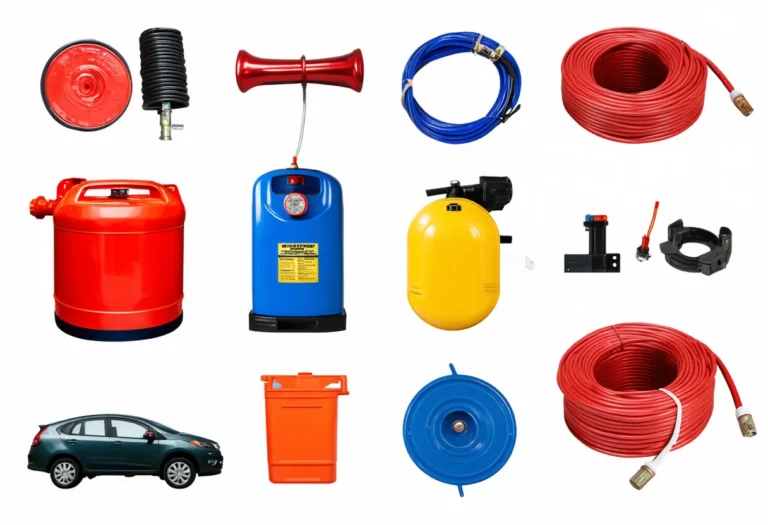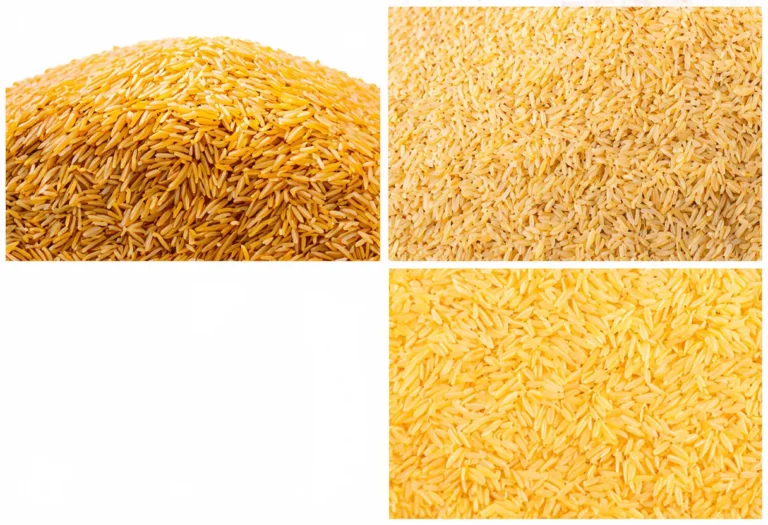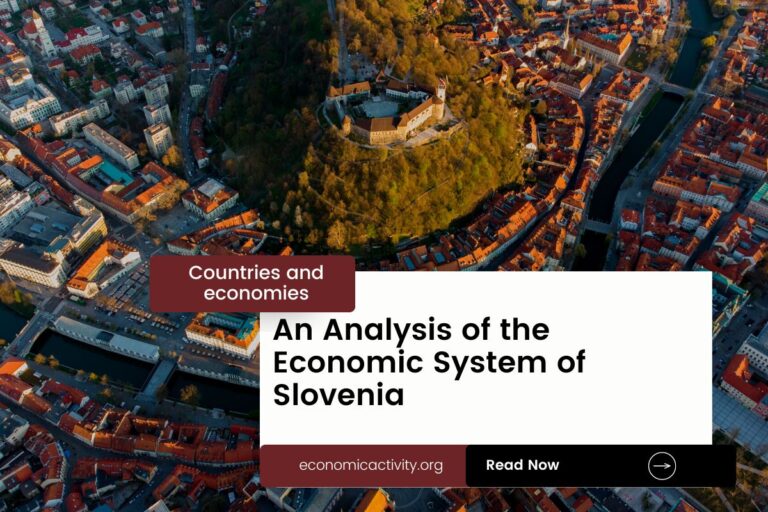Lesotho, with a population of 2,305,825, is ranked 140th in population size, just behind Gabon. Located in Southern Africa, it covers 30,360 square kilometers, ranking 131st in total area, just below Belgium.
Lesotho’s economic position in 2022 showcases a GDP of $2,236,502,124.16, ranking 168th globally, trailing behind the Central African Republic with a GDP of $2,382,618,615.02. The GDP per capita for Lesotho stands at $969.94, placing it at the 166th position, falling short of Ethiopia with a GDP per capita of $1,027.59.
Despite facing challenges, Lesotho’s economy is striving to improve its standing and enhance the standard of living for its citizens.
What are the economic activities of Lesotho?
- Primary activities: 5.8% of GDP.
- Secondary activities: 39.2% of GDP.
- Tertiary activities: 54.9% of GDP.

Primary Sector of Lesotho
Lesotho’s primary sector, dominated by agriculture, thrives due to its favorable climate and abundant natural resources. With 80.14% of the country’s land dedicated to agriculture, Lesotho produces a diverse range of crops and animal products, including milk, potatoes, maize, vegetables, fruits, beans, wheat, game meat, sorghum, and wool.
Despite contributing only 5.8% to the GDP, agriculture plays a crucial role in the economy by providing livelihoods and sustenance for a significant portion of the population. The variety of agricultural products highlights the sector’s importance, showcasing the country’s self-sufficiency and potential for growth.
The country’s diverse geology provides a range of natural resources, including abundant water sources, fertile agricultural and grazing land, valuable diamond deposits, sand, clay, and high-quality building stone. These resources play a crucial role in the economy, supporting agriculture, mining, and construction industries, driving economic growth and employment opportunities.
Secondary Sector of Lesotho
What is the secondary sector or what are secondary activities?
The secondary sector encompasses industries that transform raw materials into finished products for consumption. In Lesotho, main industrial products include food, beverages, textiles, apparel assembly, handicrafts, and construction materials. These goods are manufactured for domestic consumption and export, contributing to the country’s economic development.
Manufactures play a crucial role in Lesotho’s total exports, accounting for nearly 80% in 2023. This highlights their significant contribution to the country’s economy and global trade competitiveness.
Tertiary sector of Lesotho
What is the tertiary sector or what are tertiary activities?
The tertiary sector in Lesotho encompasses a range of services where individuals provide knowledge and time to enhance productivity and meet needs. Key activities include healthcare, education, banking, communication, tourism, transportation, and security services. These sectors contribute significantly to the country’s economic development and social well-being.
In particular, Lesotho’s tourism plays a vital role in its economy, with 1,142,000 annual arrivals. Accounting for nearly half of the population, popular destinations like the Maluti Mountains and Katse Dam attract visitors for their natural beauty and cultural experiences, contributing significantly to the country’s economic growth.
Another example of tertiary economic activity is the mobile cellular sector, with approximately 1.6 million subscriptions, supporting technological growth by enhancing communication, fostering innovation, and enabling digital services.
Military Activities and Economic Sectors of Lesotho
The military is a key example of many economic activities in a country. In Lesotho, the military engages in the primary sector by using local resources. The secondary sector is seen in the manufacturing of military equipment. The tertiary sector includes services provided by the military, while the quaternary sector focuses on military research and development. Finally, the quinary sector involves high-level decision-making and strategy for national defense.
In 2023, Lesotho’s military expenditure was 34 million US dollars, which is about 1.46% of the country’s GDP. The active military force consists of 2,000 personnel, resulting in 1 active military member for every 1,000 people in the country.
International Trade of Lesotho
Import Activities of Lesotho

Lesotho’s import activities are of high importance, with total imports in 2023 amounting to 100.85% of its GDP.
Lesotho’s main import partners are South Africa, China, Taiwan, Zimbabwe, and India. The country imports refined petroleum, fabric, cotton, garments, and electricity to meet its domestic needs and support its economy.
Exports Activities of Lesotho

Lesotho’s total exports in 2023 were $1,081,134,705.76, accounting for 48.34% of its GDP. This high percentage highlights the crucial importance of export activities in driving the country’s economy.
Lesotho’s export activities are diversified, with key partners being South Africa, the US, Belgium, UAE, and the UK. The country primarily exports garments, diamonds, water, wool, and power equipment.
Lesotho economy challenges in 2024
Lesotho, a lower middle-income economy in Southern Africa, faces challenges of political instability, poverty, and corruption. The country is investing in infrastructure and renewable energy, but struggles with job losses and income disparities worsened by COVID-19.




Leave a Reply